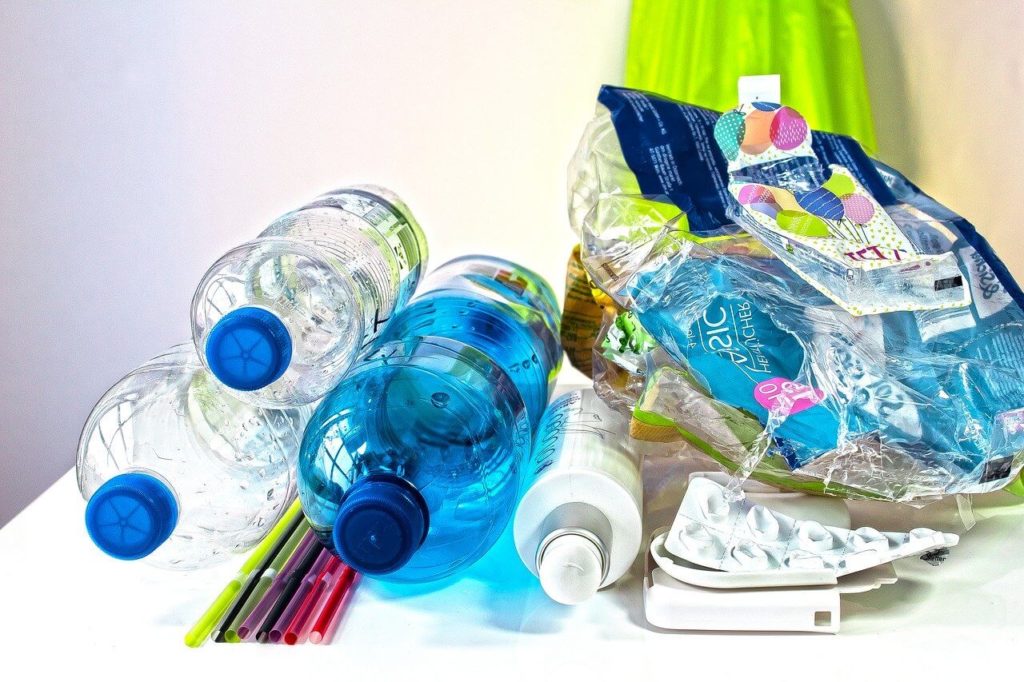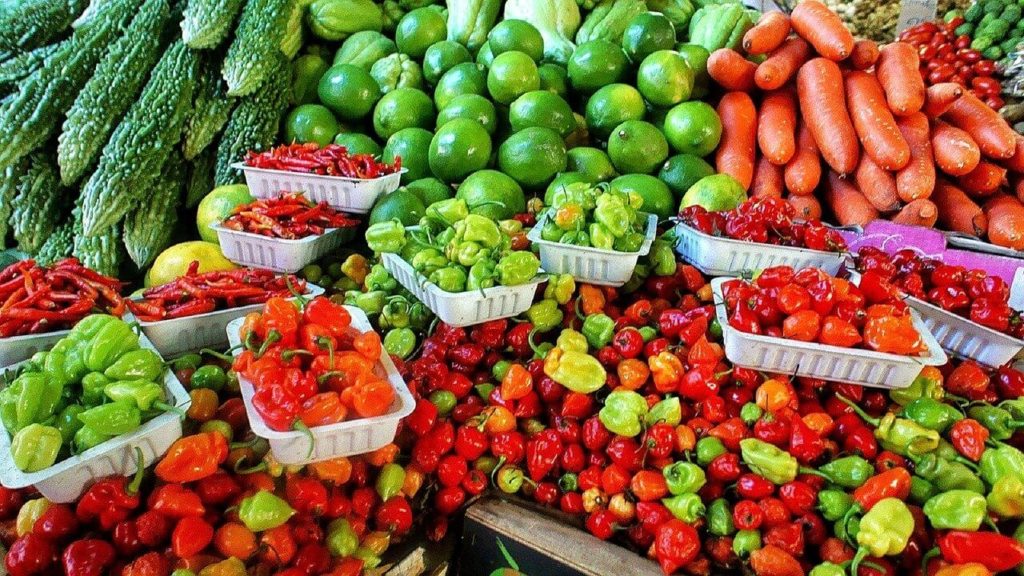Fighting plastic pollution with circular economy
In our blog series “Doing business with an impact” we introduce Cellugy. We talked to co-founder Isabel Álvarez-Martos, and sales and marketing manager Serena Leka on how do they manage to work with SDGs. Cellugy works on SDG 12 (Responsible Consumption and Production), SDG 13 (Climate Action), SDG 14 (Life below water), and SDG 15 (Life on land) with a great idea and just one product.

Can you tell me about your business? What does Cellugy do?
Isabel: We produce a nature-inspired material to replace plastic. We take second-generation feedstocks, for example, fruit waste, like peels and pulp, and then we convert it into a material. For this, we use a fermentation process, where some microorganisms feed on the waste and produce the polymer. From this, we make packaging material.
We know that there is a lot of single-use plastics in the food industry that needs replacement. So we decided to target that sector. But food is a quite restricted area, with many regulations, and it is difficult to start putting the material on the food market. Therefore, we have recently broadened the target sectors and we stepped on natural and organic products, like soap. These organic and natural soaps come as a single unit wrapped in plastic. We saw a lot of potential in replacing that packaging, and there we also have to fulfil fewer regulations.
There are three pilots running, the packaging for soap together with a store in Aarhus helping us to sell it. We also have a collaborative partnership with Arla for testing if they can use our packaging sheets in white mold cheese. And another case study, a consortium project together with a food-producing startup that produces fruit snacks. Here, we are taking their waste and also make the packaging for that.
Do you think that sustainability is important and why? How is your product sustainable?
Serena: This is a very easy question. I think if somebody says no, that should be banned from the planet Earth. So definitely it is, and it is relevant for us as a company, a startup, or even as a key player in the business landscape in Aarhus and in Denmark.
Sustainability serves a couple of purposes at the same time. The most common breakdown of sustainability is on the economic level, the environmental level, and the social level. And believe it or not, Cellugy can approach it on all three of them.
The economic level is about having ideas that are not super expensive or difficult to make use of. Cellugy is actually keeping up with the same level of costs and applications as the existing solutions do. We are not bringing a new kind of fancy setting in that regard.
Then, of course, the biggest sustainability impact that we have is in the environmental aspect. We apply the circular economy by using fruit waste, making products with it. Then afterwards our product can still go to be decomposed in the organics bin and be used as fertilizer.
Finally, we have a social aspect. By just accommodating the sustainability agenda that citizens, politicians, policymakers or different national plans have, we make a lot of people happy. Above all, we make them feel less guilty about their purchasing decisions. Especially if they go to the supermarket and they find out, that they can have some nice penne with mushrooms and the mushrooms packaging is a nice material.
What are the connections between your product and SDGs?
Serena: There are plenty of them, I could even mention like maybe six or seven right now. But I will go from the ones that have a very high relevance at this point.
It can start with responsible consumption and production (SDG 12). That is mostly because of the circular economy factor within the making of the material. Here we try to use food waste for production to keep it in the supply chain.
And then, of course, we are replacing some certain plastics out there. Therefore we actually have SDG 13, the action in climate change. We help to reduce the CO2 emission and the climate-related hazards that plastics impose, and that Cellugy is trying to avoid.
We also approach SDG 14 and 15, the life below water and on land, because our material is home compostable. Compared to plastics, it can take very little time for it to decompose. If it goes into landfills, after a month it will decompose; if it goes to the ocean, then no more than six months. Moreover, there is no harm to animals since they can be eaten and digested.

What are your next steps to make Cellugy greener?
Isabel: The way that we are making Cellugy greener is by not using first-generation feedstocks, which are the ones that are used to feed people and animals, like corn or potato. We decided to go for the waste instead, so we do not compete with the land use for feeding people. We take out the waste, which is the third major contributor to the CO2 emissions right now, and convert it into something that is actually valuable.
There are companies in Denmark that produce around a hundred tons of that kind of waste in a week, and sometimes it is not handled in a proper way. So our ambition is for Cellugy to become an even greener company by scaling up and producing a lot of material. We can take out a lot of this waste that is currently going to the environment.
Serena: That is one aspect. And then if I can add that if investments go right, then we have a bigger team and we can play further with our leftover products. After we have gone through the process of making the sheets, we could use the leftover of the fruits to make hard plastic, maybe bottles, cups, plates, cutlery, pipes, and so on.
Cellugy also has an environmentally friendly production with a minimum amount of waste, which makes us green. We’d like to keep that. Moreover, when we go out for partners, we’re trying to align that with them as well. For instance, sustainable printing companies will print on our materials, or the food producers we will work with have organic fruits.
Do you have any tips for other companies that want to work with sustainability?
Isabel: My tip would be to fight for what you believe in. It is possible, you just need to find the right people and the right support, because they are out there somewhere. For us as a startup, the beginning was a bit challenging, but now we are starting to find the right people who are willing to support us. You need to surround yourself with people who believe in you, who believe in the cause, and who is willing to help you to actually achieve your goal.
Serena: I worked for the UN for three years now in South Korea in relation to SDGs, so I know them from the beginning. What I see is that people perceive them as very scary initiatives or super big objectives, and then they find it hard to align with them. And my tip would be that this is actually a myth. Any small action that a startup can take, even like having more Skype calls if the team is worldwide or not printing too much paper, just small actions can come enough regarding sustainability. But the first is not being scared of the topic itself.
Another tip is that SDGs has a lot that you can study for and find very much niche aspects of how to approach them. I would very much recommend that people do not stay superficial on their knowledge on SDGs, but get them a little bit further on.
SDGs cannot be achieved alone, as Isabel mentioned. Working with SDGs requires a certain level of being outside, going places, talking to people, attending events, challenging others, and raising your voice about what you are doing. That way your work can get a leap of faith or inspire other people. Getting out of the building with the SDGs can help a startup very much.




0 Comments